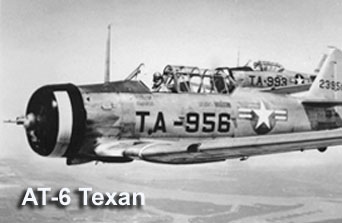July 27th marks the 70th anniversary of (then) U.S. Army Air Force Lt. Col. Joseph Duckworth’s first deliberate flight into the eye of a hurricane. This historic event inaugurated the era of aircraft reconnaissance into tropical cyclones which greatly enhanced our understanding and forecasting of these storms.
Duckworth was an Eastern Air Lines pilot prior to World War II and well-versed in flying on instruments only. Since many military aircraft prior to the War lacked the instrumentation necessary for night or bad-weather flying, Army Air Force instructors lacked the skills necessary to teach instrumentation flying to air cadets. When reservist Duckworth was called up in 1940, he was assigned the task of teaching these students instrument flying and wrote many of the instructional manuals on the subject.
By 1943 he was working at Bryan Army AirField in Texas, teaching mostly British pilots how to fly on instruments. (It was Royal Air Force policy to fly their bombing missions at night to reduce casualties.) On July 27th, all flying classes were cancelled when a hurricane unexpectedly hit Galveston to the southeast of Bryan. Some say it was on a bet, but it may have just been on a whim, but with his day free, Duckworth decided to fly his AT-6 “Texan” trainer aircraft into the storm. With navigator Lt. Ralph O’Hair along, he encountered moderate turbulence but succeeded in finding the eye to the west of Houston. Upon his return to Bryan Field, the base meteorologist Lt. William Jones-Burdick insisted on being taken up into the storm. So Duckworth headed out again while the weather officer rode in the back seat jotting down notes.
Although Duckworth was in trouble for taking the unauthorized flights, his superiors finally decided it was better to give him a medal rather than a reprimand. His mission proved it was possible to fly an aircraft into a hurricane and even locate its eye. As a result, there were several other flights into tropical cyclones later that year, including a flight into a hurricane east of Miami in mid-August in which real-time observations were relayed to the Miami Hurricane Warning Center to inform their warnings for the first time.
